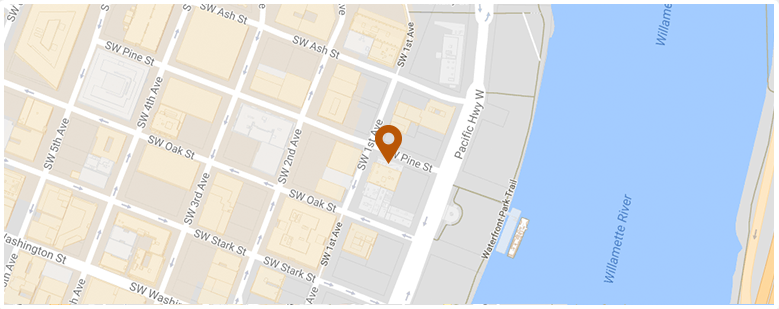Two months ago I wrote about the legal issues surrounding traveling carnivals and the fact that in many parts of the country they receive far fewer safety inspections than one might think. The death last week of a 10-year-old boy who was riding what is billed as the world’s largest waterslide, has brought these issues sharply into focus with new attention being paid to fixed-location rides in theme parks, and how they differ, in regulatory terms, from traveling carnivals. The 168-foot-tall waterslide where this month’s tragedy occurred is located at an amusement park near Kansas City, Kansas.
One might expect that large rides designed to induce an adrenaline rush through speed and danger would receive more regular and more careful attention than a traveling show: they offer even greater potential danger (because of the heights and speeds involved) yet are far easier to inspect (since they are not constantly moving from town to town). As the reporting since last week’s tragedy has shown, however, that assumption is badly misplaced.
The Kansas City Star reports that the “responsibility for inspecting Schlitterbahn water park rests primarily with its owners, not any state or federal agency.” The newspaper added that the water slide where the boy died “had not been inspected by the state since it opened two years ago, government records show.” More tellingly, the paper reports that a Kansas law governing amusement park rides requires annual inspections but allows these to be conducted by private-sector inspectors hired by the ride’s owners. The state can audit the inspection records, but is prevented by law from doing so more than twice every six months. According to the Star there have been no state inspections of the waterslide where the boy died in the two years since the ride opened.
The online magazine Slate elaborates on this, noting that a 1981 law removed the Consumer Product Safety Commission’s ability to inspect and certify permanent (as opposed to traveling show) rides. Regulation, such as it is, is left to the states, creating an obvious incentive for local governments to loosen regulations in a bid to attract businesses. This is referred to in the business as the “roller coaster loophole”, according to Slate. The magazine adds, referring to the waterslide where the boy died: “Kansas, it will surprise no one to find out, isn’t exactly tough on theme parks. In an interview with USA Today in 2014, in fact, the Verruckt’s designer specifically cited the state’s lack of regulation regarding the height of rides as one reason the amusement park operator decided to place the world’s tallest waterslide there.”
All of this is especially troubling since, according to the Associated Press, there were more than a few warning signs related to this particular waterslide. In an article reprinted in The Oregonian the news agency reports that “in early tests, rafts carrying sandbags flew off the slide, prompting engineers to tear down half the ride and reconfigure some angles.” The news agency also reports that the safety harnesses on the ride use “Velcro-like material” rather than buckles. It adds that since the fatal accident multiple local television stations have interviewed amusement park patrons who said their restraints had come loose or come off completely in the weeks immediately prior to the boy’s death.
As I noted in my earlier blog post, Oregon falls in the middle in terms of amusement park regulation, while Washington has fairly strict regulation. As a Portland attorney practicing in both states this state-to-state disparity (which, as Slate reports, the industry has promoted and still strongly supports) is distressing. The Kansas incident is a reminder that we would all be better off if park goers could know their rides are safe without having to wonder whether they are visiting a facility whose site was chosen specifically to take advantage of lax local regulations. It should not take a child’s death, or serious injury or the threat of a wrongful death lawsuit to get the theme park industry to put safety ahead of making its business more profitable through looser regulation.
AP via The Oregonian: Boy was decapitated on massive Kansas waterslide, source says
Kansas City Star: State hasn’t inspected Schitterbahn water slide where 10-year-old died since it opened in 2014
Slate: A boy died on this water slide – in one of the many states that barely ensure that rides are safe
 Oregon Injury Lawyer Blog
Oregon Injury Lawyer Blog


